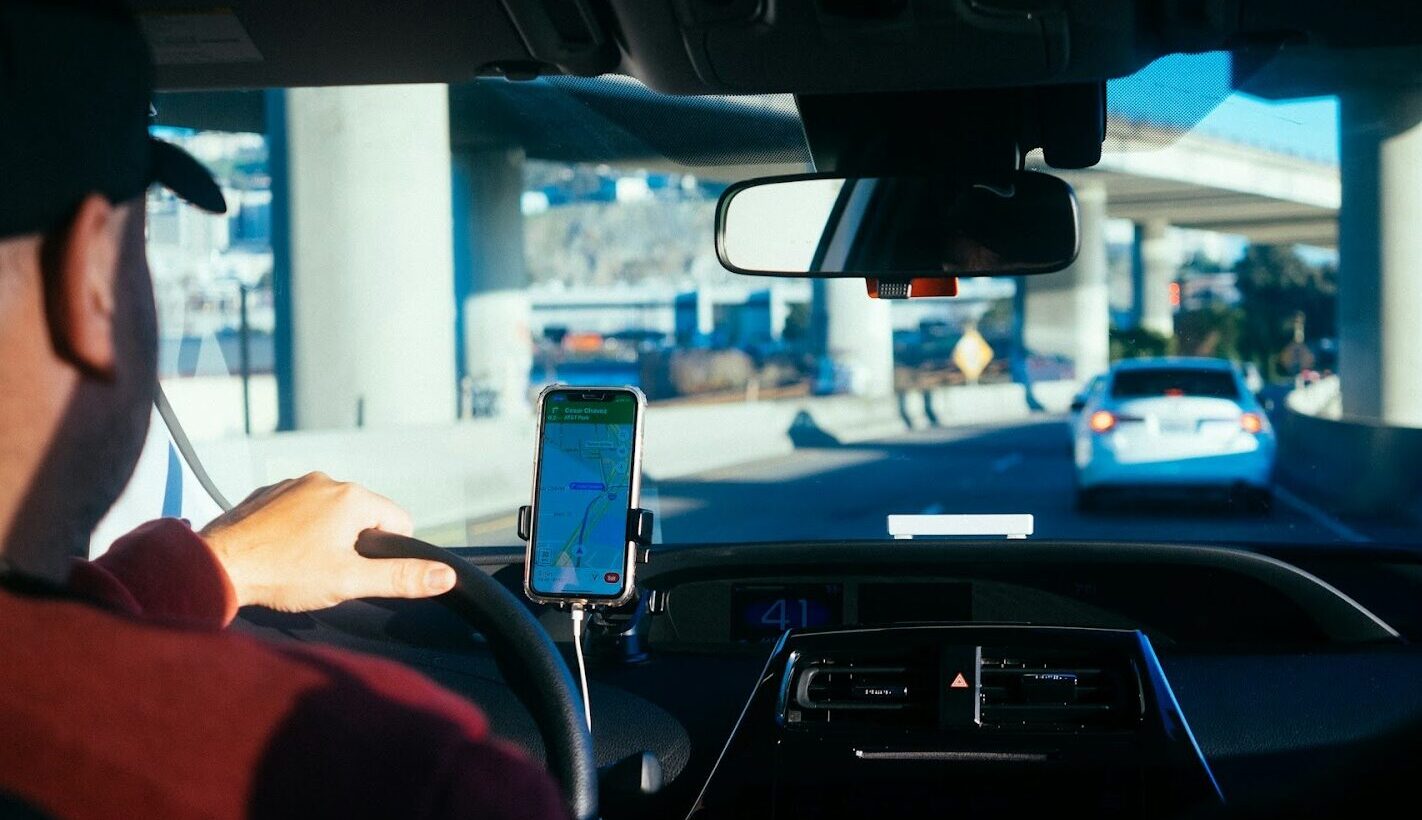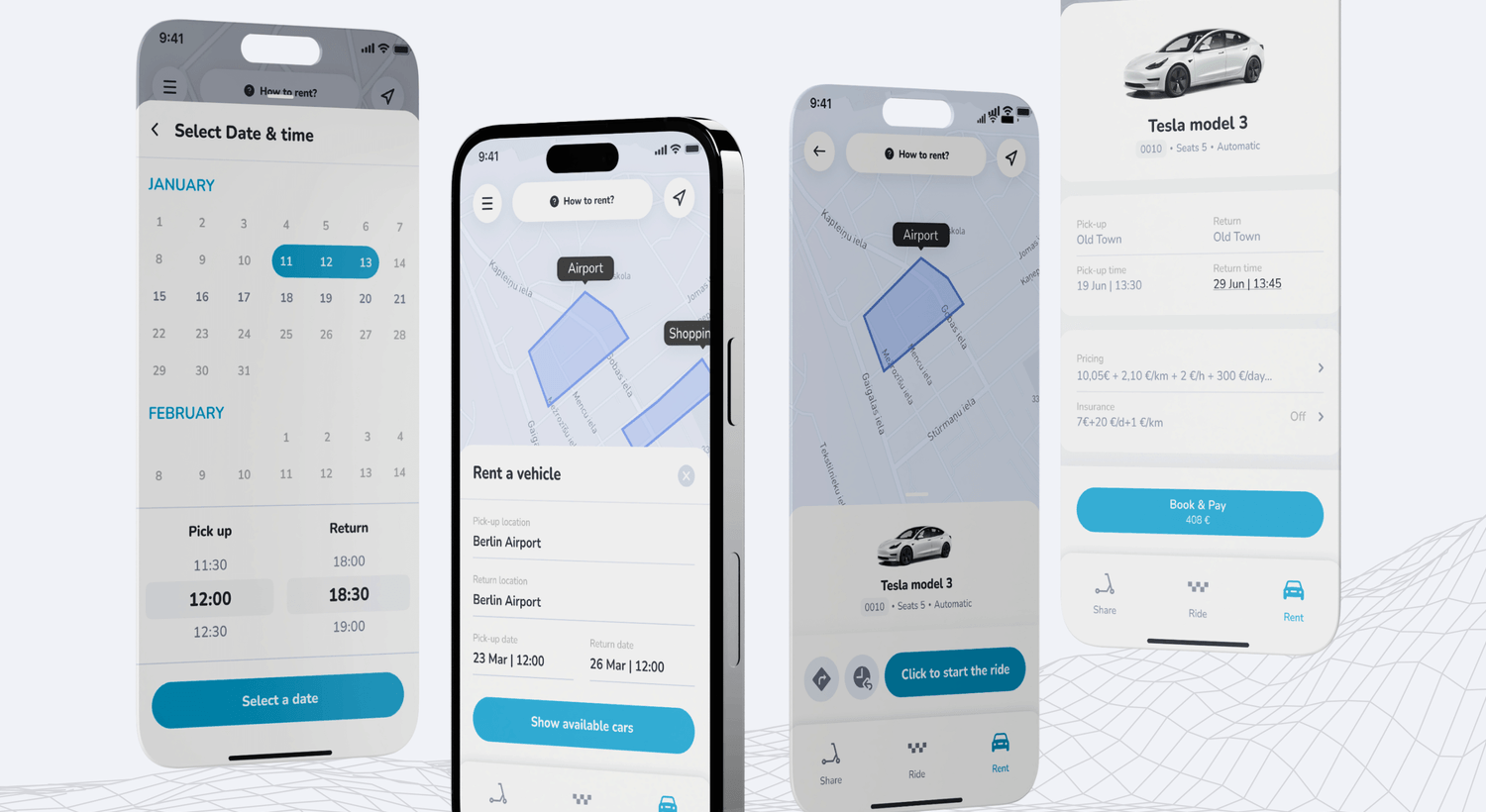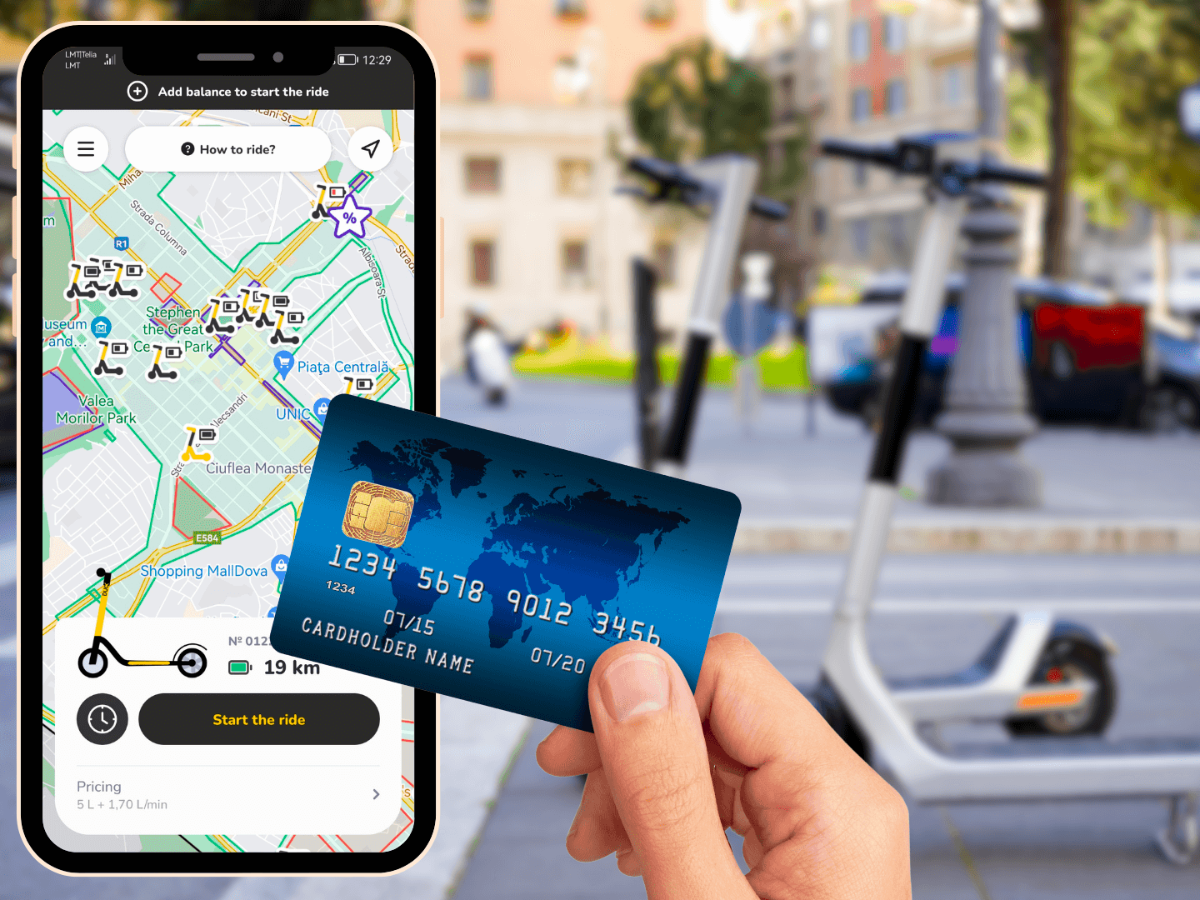Back in 2010, a company named Uber made waves in San Francisco by changing the way people hailed cabs.
Today, the company has expanded rapidly across the globe. Over the years, Uber’s valuation has skyrocketed, and it has evolved from a ride-sharing service to a massive enterprise that competes in the food delivery and car rental markets.

The evolution of Uber from a small startup to a giant is a remarkable story of visionary business practices that revolutionized an entire industry. Let’s take a closer look at how Uber achieved its success.
What If You Could Hire a Ride with Just Your Phone?
Garret Camp, one of Uber’s co-founders, had a firsthand experience of the issues with conventional taxi services in San Francisco, where he often struggled to find a reliable ride.
For decades, San Francisco had a limited number of taxi licenses. Demand for taxis exceeded the supply, resulting in poor service and long waits. Despite this, the taxi drivers and fleets in San Francisco vehemently opposed any attempts to increase the number of permits, as they were determined to keep competition at a minimum.
Camp came up with the idea of creating an on-demand car service that passengers could track via their phones. Considering San Francisco’s notoriously unreliable taxi services, Camp’s idea made perfect sense as it provided a solution to increase the number of available rides and inform customers of the expected wait time.
Camp saw the new iPhone app store as a way to make it a reality. With the phone’s accelerometer, he could charge passengers by the minute or the mile, similar to a taximeter. Collaborating with fellow entrepreneur Travis Kalanick, they cemented an innovative notion: What if clients could effortlessly summon a ride by means of their smartphones?
Uber officially launched in San Francisco in 2010. The app was an instant hit due to its ease of use: customers could order a ride, pinpoint their location with GPS, and have the fare automatically charged to their account.
The Rise of the World’s Most Valuable Startup: Key Milestones
Uber’s valuation skyrocketed to $51 billion after funding rounds in 2015, making it the world’s most valuable startup at that time. Below are some other significant milestones in the company’s history:
- 2010: Uber received its first major funding of $1.3 million
- 2011: Uber launched in New York and France. The company also closed another funding round that year, which valued the company at $60 million.
- 2012: Uber expanded to 20 locations worldwide.
- 2013: Uber continued to grow rapidly, expanding to more than 40 new locations around the world.
- 2015: The company secured additional funding from investors, such as Microsoft and Bennett Coleman & Co, which boosted its valuation beyond $51 billion.
- 2016: The company raised an additional $3.5 billion from Saudi Arabia’s sovereign wealth fund to further fuel its expansion.
- 2019: Uber went public through an initial public offering (IPO) with a market value of $75.46 billion, making it one of the biggest IPOs in history. The company raised an additional $8.1 billion through the IPO.
What Contributed to Uber’s Success?
Although Uber’s success can be attributed in part to its founder’s innovative idea, there are other important factors that have played a role in the company’s accomplishments. Without proper strategy and execution, the company wouldn’t have achieved such heights.
Light Asset Base
Uber owes much of its rapid growth to its asset-light business model, which allowed it to expand into numerous markets with ease. Although sales teams and translation work were necessary to enter new markets, the software – their app – was the main asset they offered. With drivers bringing their own vehicles and riders using their own smartphones, Uber didn’t have to make significant capital investments to operate in these markets.
Moreover, Uber’s technology platform is estimated to have cost less than $2 million to develop, a relatively small investment compared to the company’s current valuation. By focusing on building a simple and user-friendly app, Uber was able to create a scalable platform that could efficiently serve the needs of riders and drivers alike.
For ATOM Mobility clients, the app is already there – and it’s highly customizable to make sure it fits your business and target market. So, you won’t need to invest months and millions of dollars to make your own from scratch.
Emphasis on Customer Acquisition
Uber’s revenue model seems to be based on customer habits rather than brand loyalty. While it’s true that many people use Uber regularly, the company’s marketing tools rely more on discounts and surge pricing than on building a traditional brand image.
Uber’s use of surge pricing is a good example. By adjusting prices during periods of high demand, the company can maximize its margins while still undercutting its rivals when demand is low.
Despite the absence of a traditional brand loyalty program, Uber has managed to establish a foothold in many markets around the world. Its simple and efficient app, combined with its competitive prices and constant promotions, has helped it become a go-to choice for many consumers.
As an ATOM Mobility user, you can, too, adjust your pricing and/or offer discounts to your end users. Thanks to the built-in functionalities, it can be done in a matter of seconds.
Solving a Real-World Problem
Uber’s success can be credited to its ability to solve a genuine issue that existed in the transportation industry. In the past, finding a taxi in some areas was a daunting task, and conventional taxi services were frequently unreliable and inconvenient.
One of Uber’s co-founders, Garret Camp, was intimately familiar with these difficulties because of his experience with San Francisco’s transportation system. Consequently, he knew exactly what he wanted as a customer – a dependable way to hire a ride anytime and anywhere in the city without the hassle of cash and making calls. Uber’s rapid growth can be attributed to the fact that it provided a solution to a real-world problem for a large number of its customers.
Now, ask yourself – what’s the one thing that annoys you the most when it comes to transportation system in your neighborhood, city, or country? If it’s a problem for you, it might be a problem for others as well. And perhaps, it can be solved with a shared mobility solution.
Constant Innovation: Additional Transportation Services
Uber didn’t rest on its laurels after the success of its ride-sharing service. At an early stage, the company recognized the potential to provide additional transportation-related services. In fact, Uber’s food delivery business is the company’s biggest source of revenue, while the rides business generates the most profit.
The company has explored other business areas, such as:
- Uber Eats became a standalone app in 2016, offering food delivery from restaurants to users’ doorsteps. It has since expanded to over 6,000 cities in 45 countries.
- Uber Rent, launched in 2017, allows users to rent vehicles and electric bikes/scooters directly from the main app.
- Uber Freight’s digital marketplace connects shippers with carriers, allowing them to find and book loads with real-time tracking of shipments.
Lesson learned? Even if you’ve already built a successful venture, keep looking for new business opportunities. Have a scooter-sharing business? Maybe you can add other vehicles to your offering or launch a ride-hailing solution in partnership with your local taxi drivers, just like Uber. You got the idea.
Uber’s Turbulent Journey to the Top
Uber’s journey has been far from smooth sailing. The company has faced numerous controversies, both internally and with authorities in different countries. Maintaining team morale and momentum whilst attempting to take on an entrenched industry is no easy feat, as Uber’s experience has demonstrated.
Nevertheless, at its core, Uber’s story is an inspirational one. The company’s impact has been significant and transformative, and it serves as an iconic story of pioneering attitude and determination for aspiring entrepreneurs seeking to solve transportation problems. As co-founder Kalanick succinctly said, “I want to push a button and get a ride.” And that’s precisely the service they created.
And that’s precisely a service you can offer to your local community with ATOM Mobility’s software.
P.S. For more inspiration, take a look at Uber’s very first presentation.
This article was originally published by ATOM Mobility.














